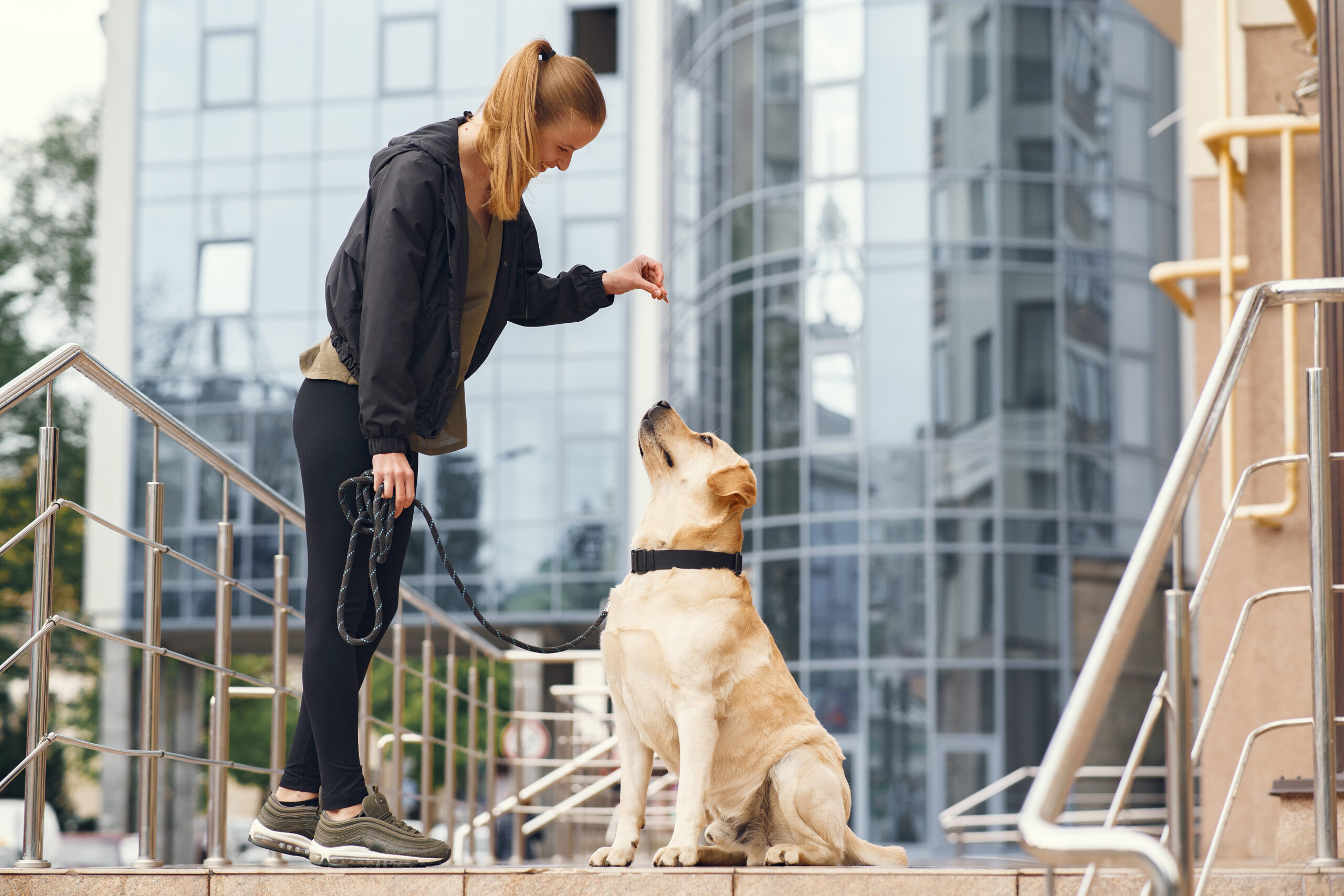A Balanced Approach to Dog Training: Building Trust and Cooperation
Dog training is an important aspect of responsible pet ownership, ensuring the safety and well-being of both dogs and their owners. A balanced approach to dog training combines elements of positive reinforcement and correction-based techniques. This approach acknowledges that no single method works for every dog and that dogs have individual needs, temperaments, and motivations.
In this article, we will explain how blending both positive reinforcement and giving corrections where necessary, can create a well-rounded, obedient, and emotionally stable dog.
Balance-Based Techniques with Positive Reinforcement
Positive reinforcement is a fundamental component of the balanced approach. It involves rewarding dogs for displaying desired behaviors, making them more likely to repeat those behaviors in the future. Rewards can range from treats and praise to toys and affection. Positive reinforcement is effective in teaching basic commands, encouraging good manners, and preventing problem behaviors. It builds trust between the dog and owner, as training sessions become associated with positive experiences.
Overall, positive reinforcement offers several benefits, including building trust, motivating desired behaviors, boosting the dog’s confidence, reducing the risk of aggression, and enhancing the dog’s overall quality of life.
At the same time, correction-based techniques play a role in addressing undesirable behaviors. These techniques provide consequences that deter the dog from repeating unwanted actions. Corrections can include verbal cues, timeouts, or gentle leash corrections. However, it is vital to use corrections judiciously, avoiding harsh or punitive methods that could harm the dog’s trust or well-being.
Correction-based techniques are valuable for establishing boundaries, addressing specific problem behaviors, reinforcing commands where safety is crucial, and maintaining a balanced and respectful relationship with the dog.
Successfully Balancing the Dog Training Approach
The key to a successful training approach is finding the right balance between positive reinforcement and correction-based techniques. This balance should be tailored to the individual dog’s temperament, age, and learning style. It is crucial to prioritize positive reinforcement while reserving corrections for situations where the safety or the well-being of the dog, other animals, or people is at risk.
A balanced approach to dog training incorporates various methods and tools to suit different situations. These may include clicker training, leash training, obedience classes led by experienced trainers, and behavior modification techniques for addressing specific behavioral issues.
In conclusion, a balanced approach to dog training offers a humane and effective way to train dogs while fostering trust and cooperation. By combining positive reinforcement and corrections, when necessary, this approach recognizes the uniqueness of each dog and tailors training methods to their specific needs. It emphasizes trust, cooperation, and respect, resulting in well-adjusted, obedient, and content dogs. Ultimately, a balanced approach to dog training sets the stage for a lifelong partnership built on love, trust, and mutual understanding.
At Off Leash K9 Training in Boca Raton, Florida our Dog Obedience Training is globally recognized. Our success rate is impeccable, and our methods are safe and effective.
561-513-5333


